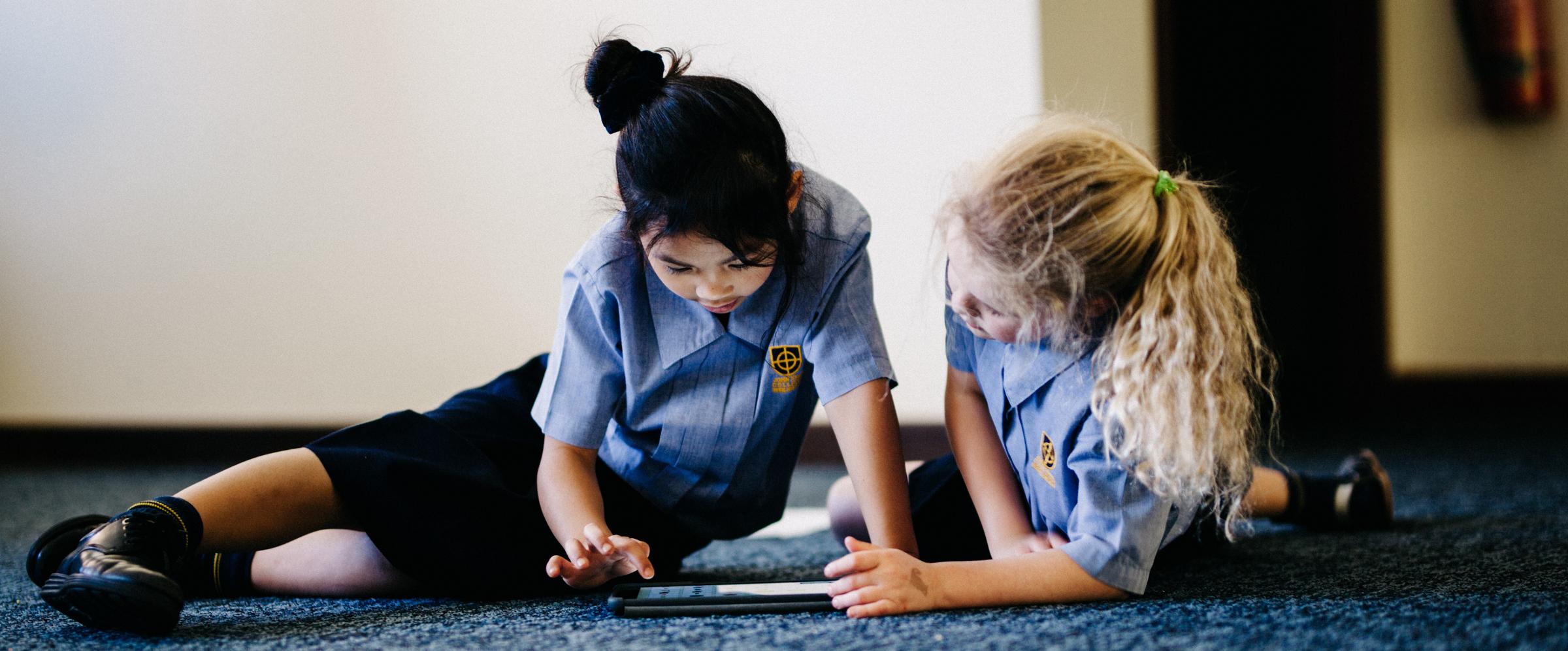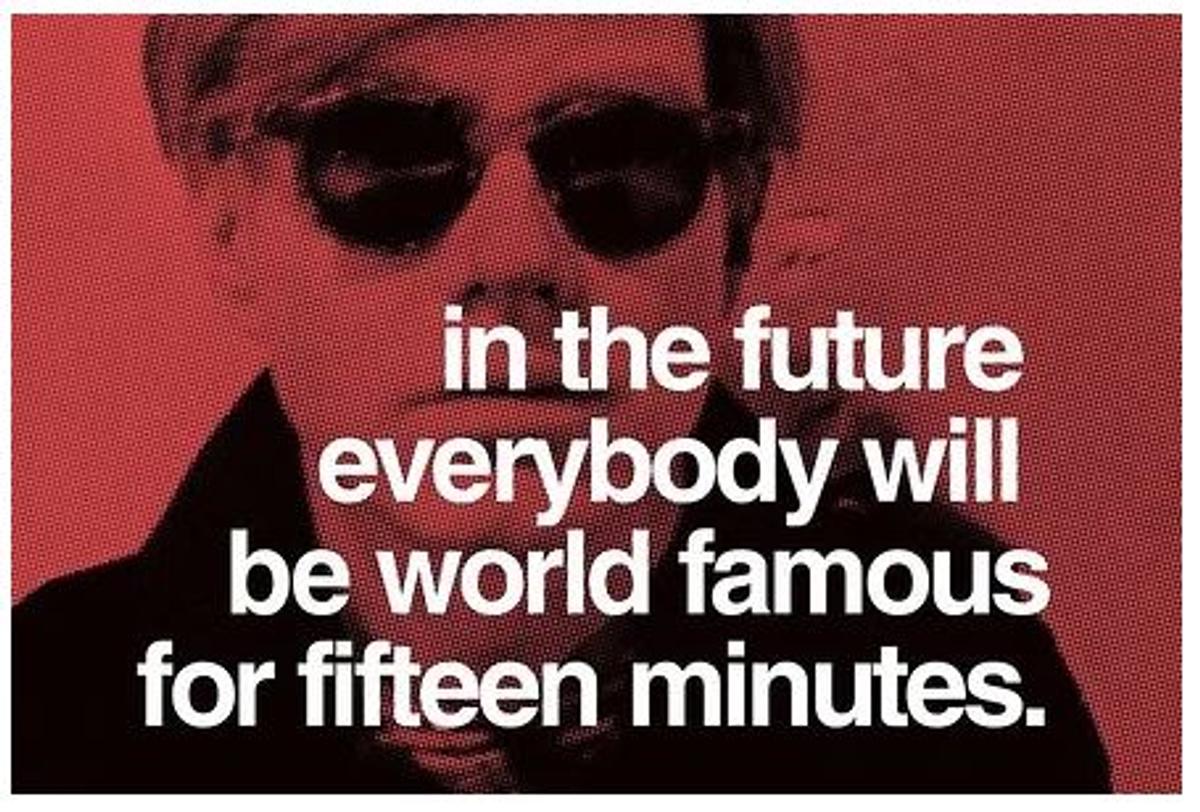Family Zone & Cyber Safety

Download Family Zone
Make use of the Family Zone Accounts which we are offering to John XXIII College families for free, as part of our College contract negotiations until 2020.
By setting up a private Family Zone account, you can apply age-appropriate parental controls on every device your child has access to, in any location. To find out more visit https://www.familyzone.com/johnxxiii-wa
Alarm bells ringing for TikTok
Only a few weeks ago, the massively popular video-sharing app TikTok was hit by a whopping $5.7 fine for illegally harvesting the personal data of kids 13 and under.
This week, a BBC report found the company failed to suspect the accounts of people sending sexual messages to children via the app.
In India, meanwhile, the Madras High Court has asked the government to ban the app outright for encouraging pornography and exposing kids to predators.
Is time running out for TikTok?
TikTok (formerly Musical.ly) is a platform for creating and sharing short, typically lip-synched videos, and broadcasting them to strangers. Clips are created using short grabs of music, and can be enhanced by a range of tools that gives them the veneer of professionalism.
As of July 2018 it had more than 500 million users around the world - with its major appeal being to teens and tweens. It claims to be the most downloaded app on the planet, surpassing Facebook, YouTube and Snapchat.
The in-depth investigation by the BBC found hundreds of sexual comments posted on videos of kids and teens. Those comments were deleted after being reported on the app’s user interface. But the users who posted them - including several who repeatedly targeted teenage girls - were allowed to remain on the site.
That report comes just days after TikTok trumpeted its commitment to protecting young users by partnering with a non-profit online safety organisation.
The company, which is keen to launch in-app advertising, responded to the damning BBC investigation by insisting, “We care deeply about the safety of our users and we will continue to work hard on this front. We welcome suggestions from media and third-party organisations like the BBC."
A spokesman repeated the claim that safety was its “top priority.”
An investigation late last year by the US Federal Trade Commission uncovered “disturbing practices” - including exposing the location of young users, and collecting names, email and addresses.
TikTok has now set up a separate app for kids - no sharing, commenting, messaging or posting a profile allowed - and has pulled all videos by pre-teens. But these changes were only made for the US market.
Outside of the US, there are no age verification procedures for TikTok’s widely ignored age restriction of 13+.
Experts see TikTok as a potentially powerful conduit for brands to corner a younger demographic than the users of established social media platforms like Facebook and Instagram.
How should parents respond?
First, do your due diligence. TikTok allows strangers to direct-message children. It offers in-app purchases of up to $99. In Australia, there are no age verification procedures in place - nor any plans to do so in the future.
If you are comfortable about all that, and decide that the app’s fun and creative potential outweigh the danger, you should still monitor your child’s uploads and settings - at the very least, setting them to “private.”
Family Zone cyber expert Martine Oglethorpe, whose Melbourne-based consultancy The Modern Parent frequently advises parent and school groups, is adamant that “parents do their homework if they are going to allow their child on apps that are not generally recommended for their age.
“That means finding out all you can on how to set it up safely, recognising the risks and having the appropriate and ongoing conversations with your child.
“But as I am often reminded in my student workshops, if we are allowing them to play in public places, we must recognise that the cognitive brain development of most young people is simply not there yet to make some of the important decisions and engage in the critical thinking that is expected of them at this level of playing.”




